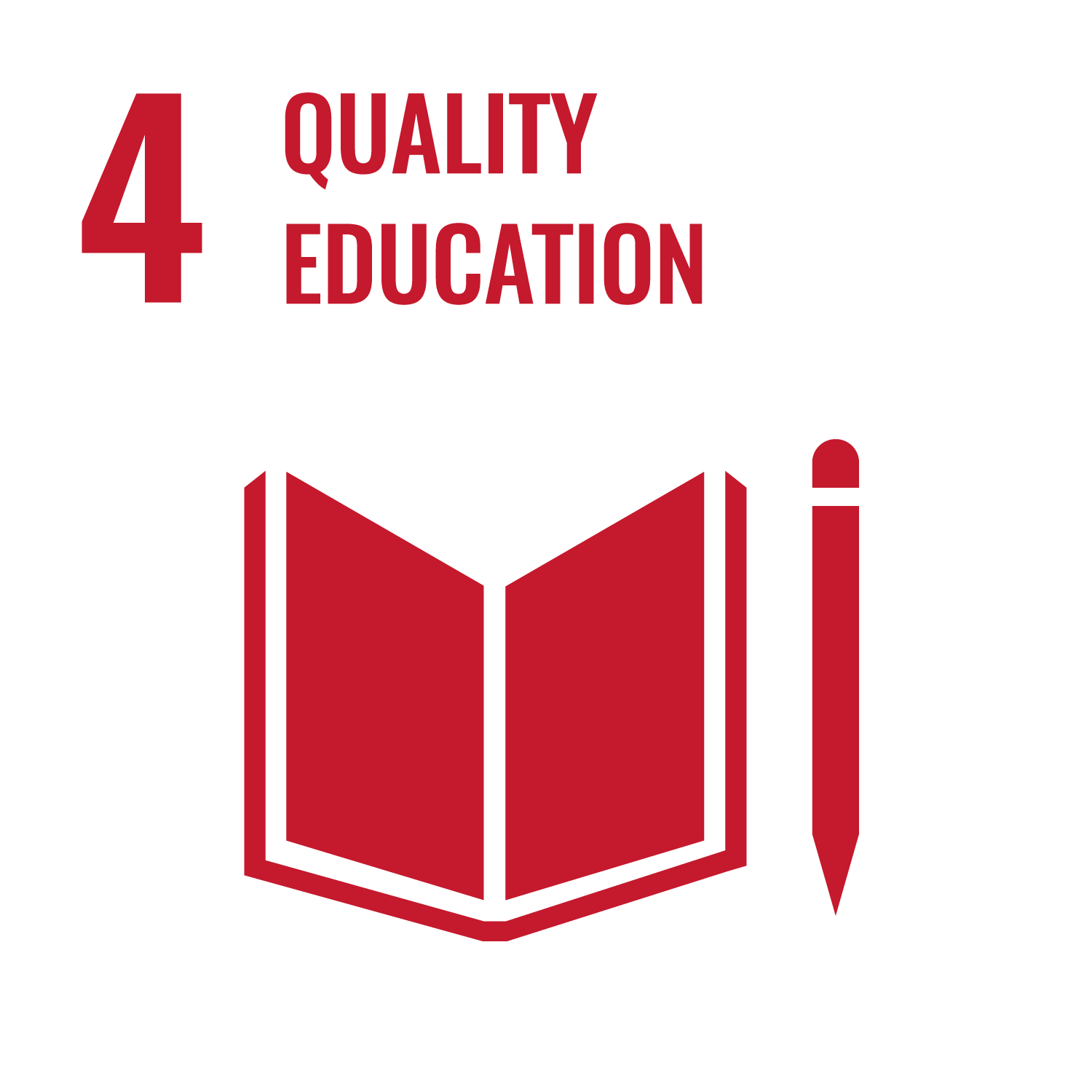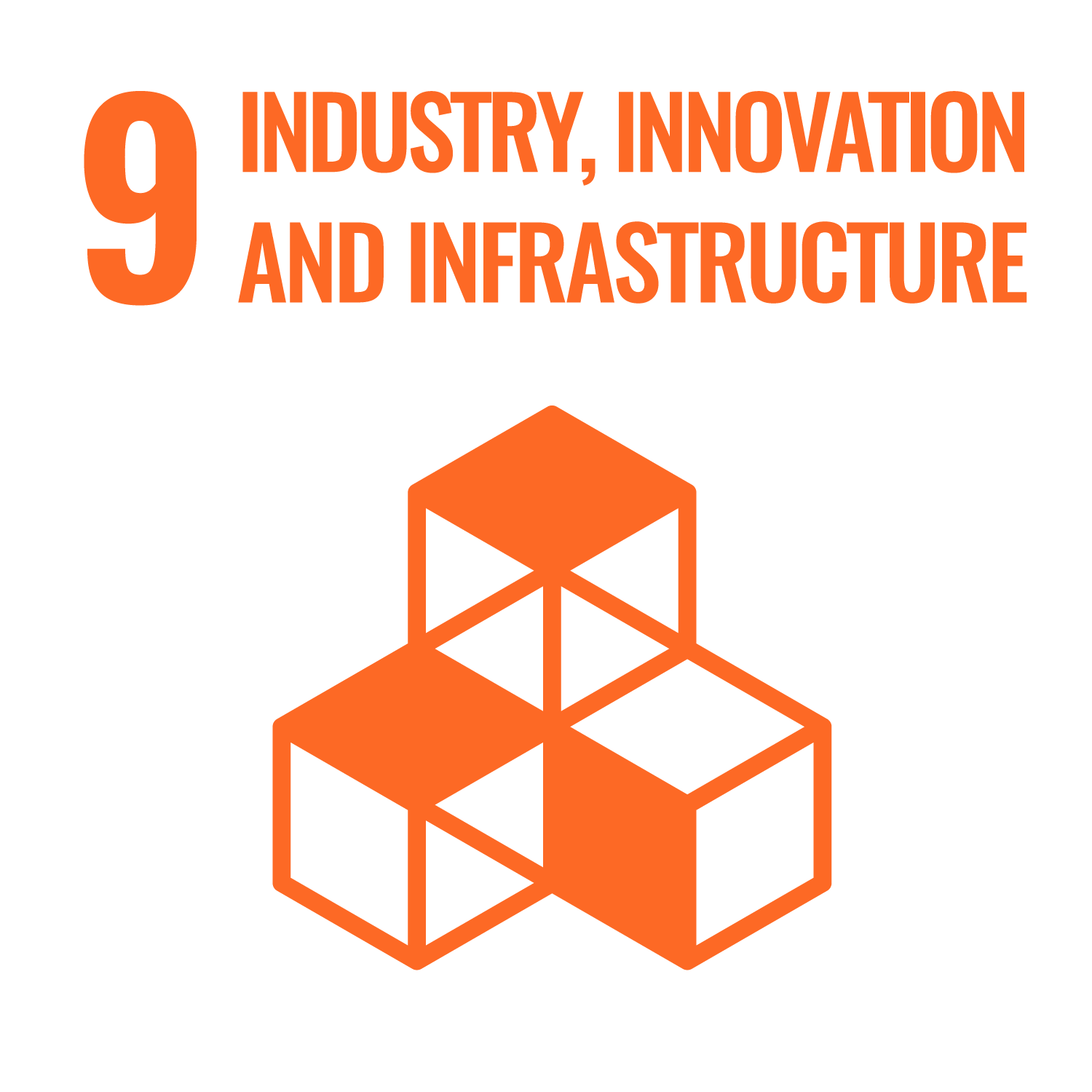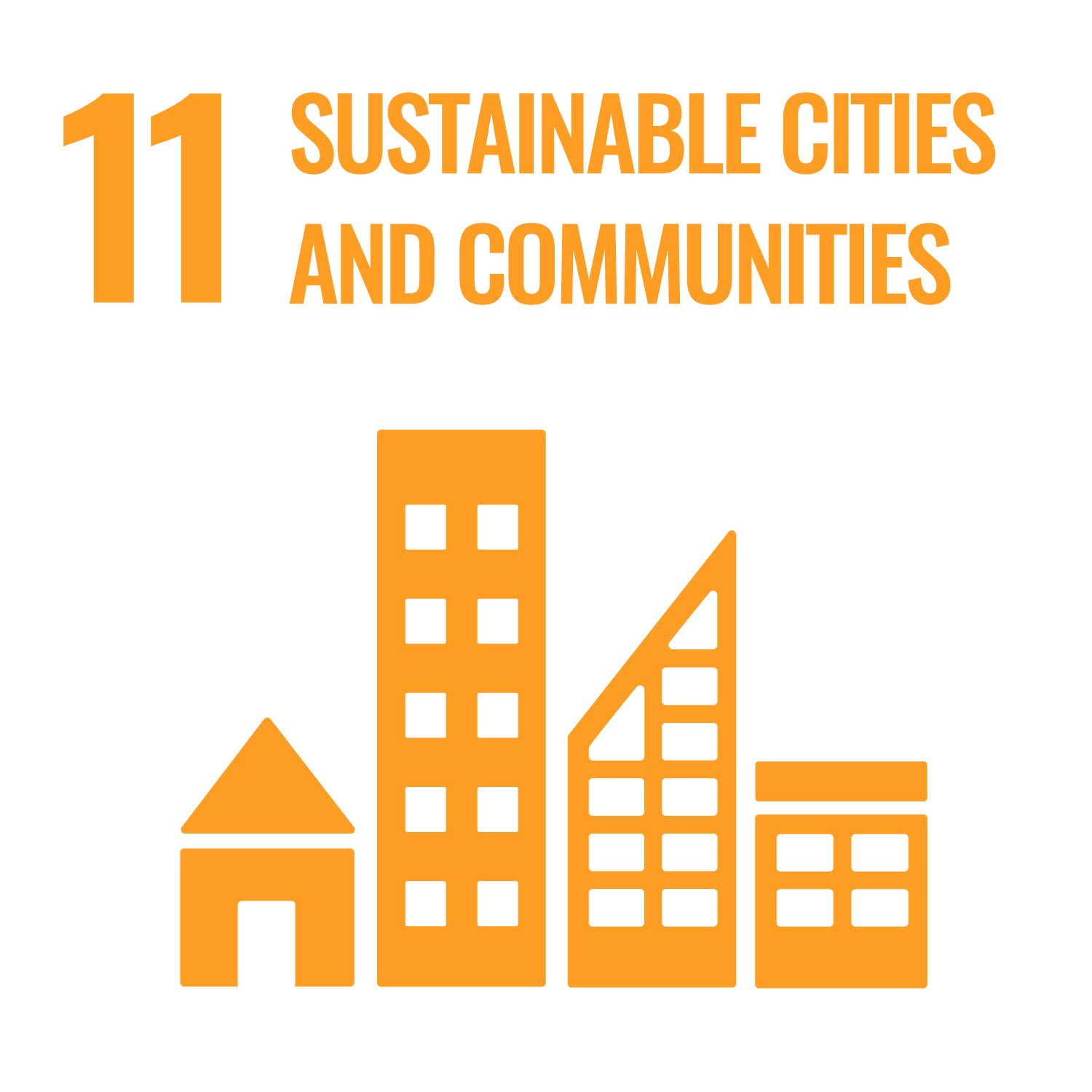NEWS
Looking At How Underground Objects Interact with Modern Technology.. A PhD Study at UoB Establishes a System to Delineate Underground Objects

Sakhir – University of Bahrain (Ali Al-Sabbagh)
12 January 2022
A student at the University of Bahrain (UoB) used a geographic information system to survey underground objects, using the 3D method to create the structural design of the underground object delimitation system.
The student in the PhD in Philosophy in Civil Engineering program, Ali Nihad Nashwan, developed the foundations of the underground delineation system in his study, in order to fulfill the requirements of a PhD in civil engineering at the University.
Nashwan explained that there are several ways to determine the type of objects and their location underground, as exploratory drilling is the most accurate method for examination, but it carries many and great risks and its cost is high, noting that despite the great development in the process of detecting and scanning underground objects, there are still many unresolved challenges. For example, there are no agreed courses, rules or regulations for determining the best underground survey methods.
Moreover, he indicated that the outputs of the existing technologies do not directly correspond with the data of geographic and spatial information systems, especially when using more than one technology together, and that there is no device or technology that can determine the type of underground objects.
Also, he stated that the thesis examined how underground objects interact with modern technology integrated within certain soils and conditions, and collected this data in a database used to detect the locations of objects and determine their type.
Furthermore, Nashwan discussed the development of the structural design of the underground object delineation system (Ntjt), which facilitates the process of choosing how to integrate more than one sensor together, and produce an easy-to-understand digital three-dimensional spatial map that is compatible and merging with other spatial maps in GIS software, stressing that “This system maps out the steps for delineating materials with 3D spatial maps.”
The thesis recommended continuing the studies on the properties of objects that are the cornerstone of the new system, as well as the need to complete the process of preparing and programming the new system, in addition to writing a manual, operation steps for this system, and the required experiments.
The thesis entitled: “Using a Geographical Information System to Survey Underground Objects: A Three-Dimensional Method” was supervised by Professor of Civil Engineering at the Department of Civil Engineering at UoB, Prof. Dr. Mustafa Aytekin.












